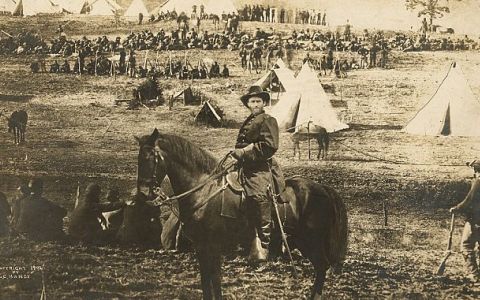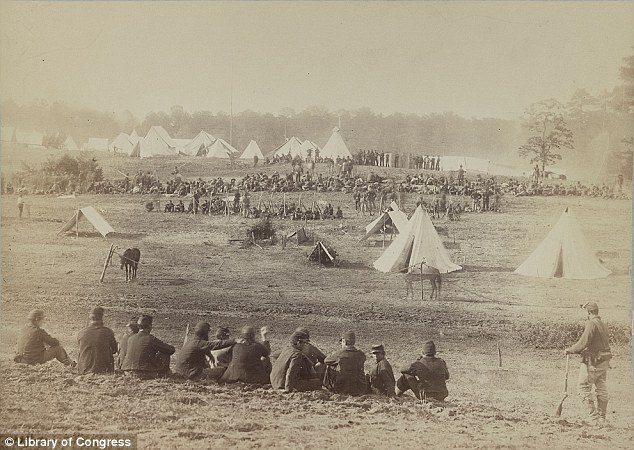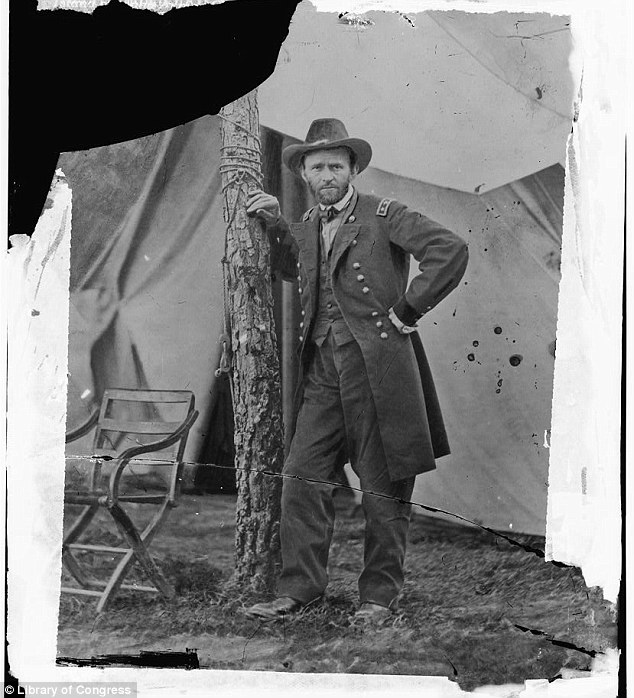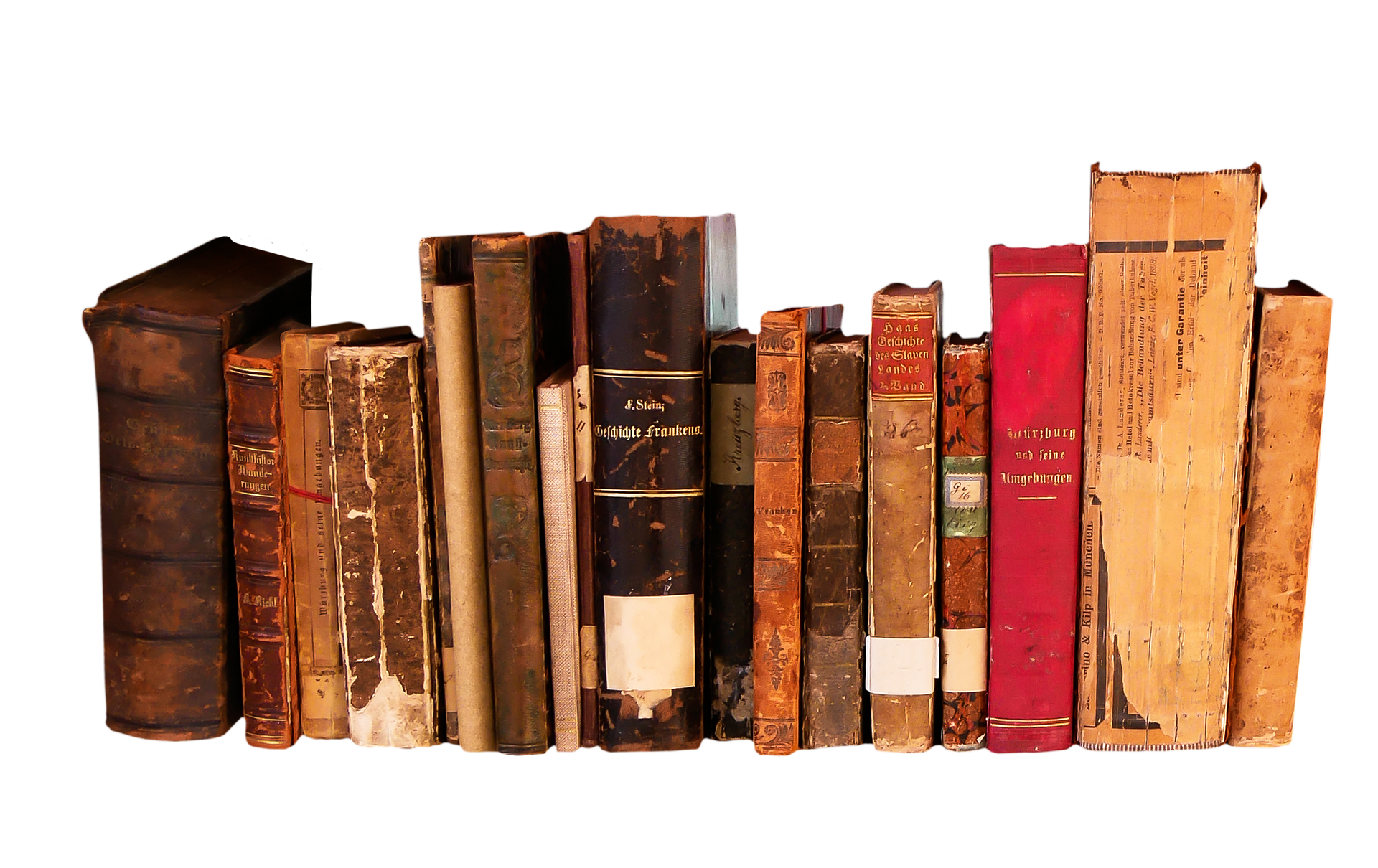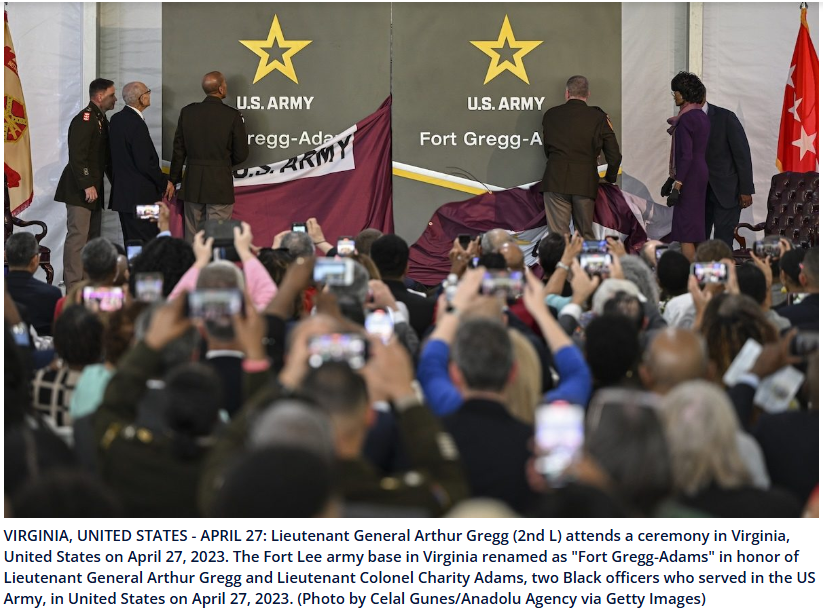His military genius was a decisive factor in the Union Army winning the Civil War.
So you might think this photograph showing General Ulysses S. Grant sitting astride a horse in front of a group of Confederate soldiers captured after a battle is the genuine article.
But all is not as it seems.
On closer inspection, the picture is actually a composite of three images, only one of which contains General Grant.
The “extravagantly fictitious fusion” – confusingly labeled ‘General Grant at City Point’ – was actually doctored decades after the end of the Civil War.
The background photograph does show captured Confederate prisoners, but at the battle of Fisher’s Hill, Virginia, in 1864.
The General was based at City Point for much of 1864 and 1865 during the Siege of Petersburg – and may have even been there when the original picture was taken at an entirely different location.
Eagle-eyed readers may also notice that the horse and rider’s body do not quite match up with General Grant’s head.
According to NPR, they come from a July 1846 image of Major General Alexander McDowell McCook.
The photograph of General Grant’s head is real, but it was lifted from a portrait taken in 1864 of him standing next to a tree in Cold Harbor, Virginia.
The merging of images is believed to have been done by photographer Levin Corbin Handy in around 1902 – more than 35 years after the last shot was fired in the Civil War. The horse and rider’s image comse from this July 1846 photo of Major General Alexander McDowell McCook.
The photograph of General Grant’s head is real, but it was lifted from a portrait taken in 1864 of him standing next to a tree in Cold Harbor, Virginia.
According to the book Faking It: Manipulated Photography Before Photoshop, Handy inherited a large collection of negatives from the studio of his uncle Mathew Brady, an esteemed 19th Century photographer.
He licensed them out to publications across America to make a living, but is also thought to have ‘casually blurred the line between historical fact and fiction’ to create images of heroism.
William B. Becker, creator of the online American Museum of Photography, told NPR that Brady had hoped the US Government would “recognize their historic value and purchase the negatives.”
However because of the vast number of people who died in the Civil War, the photographs showed images that were still too raw in the minds of Americans and were not bought in large numbers.
Mr Becker added that the composite image shows Union soldiers turning their backs on General Grant – a giveaway sign that something was amiss.
He added that some of Handy’s doctored pictures “manage to preserve the ring of truth that makes authentic photographs compelling. This one violates our understanding of human nature.”
–dailymail.com

